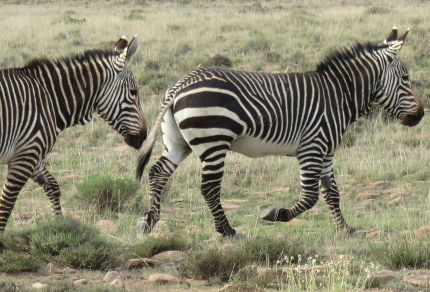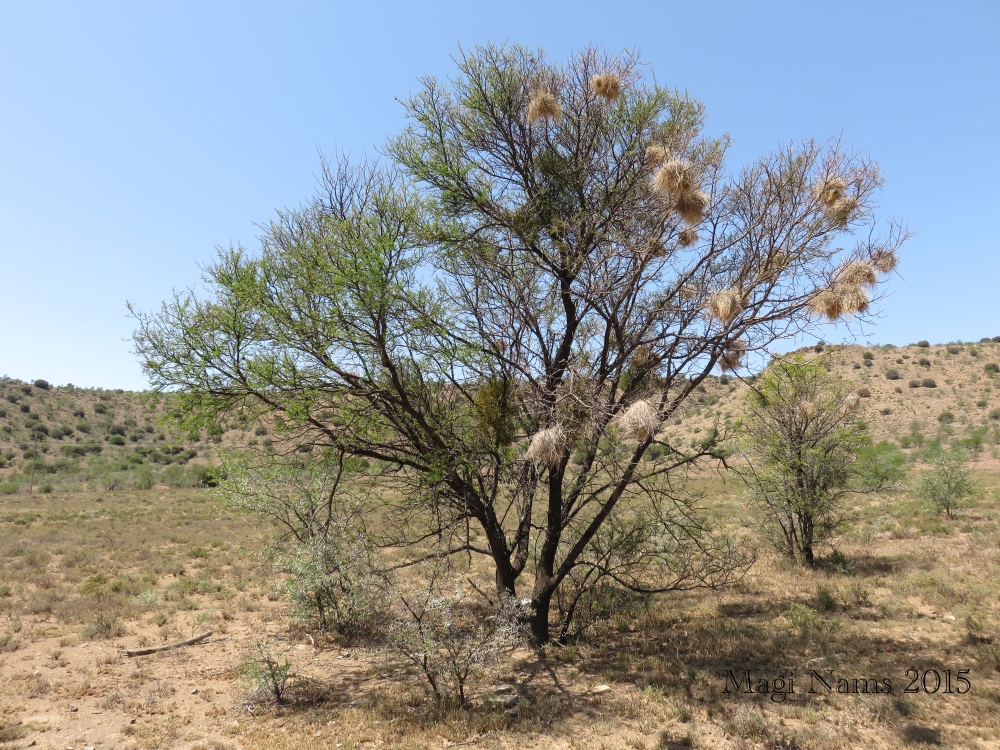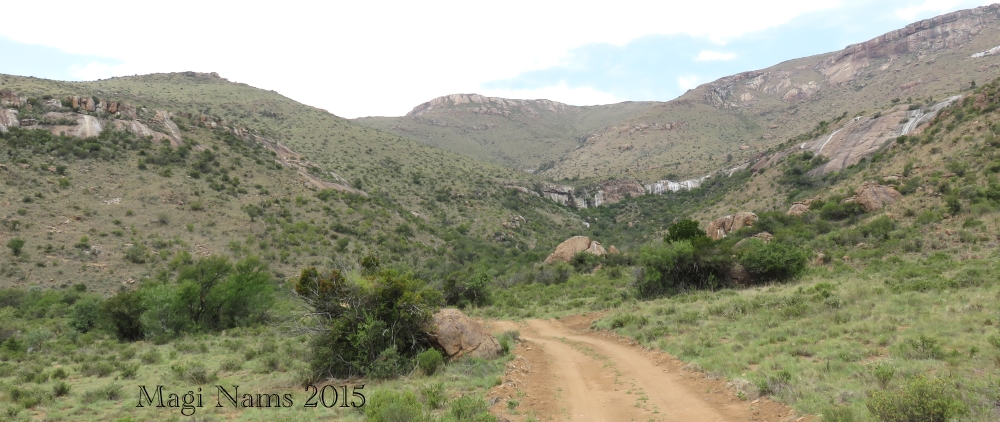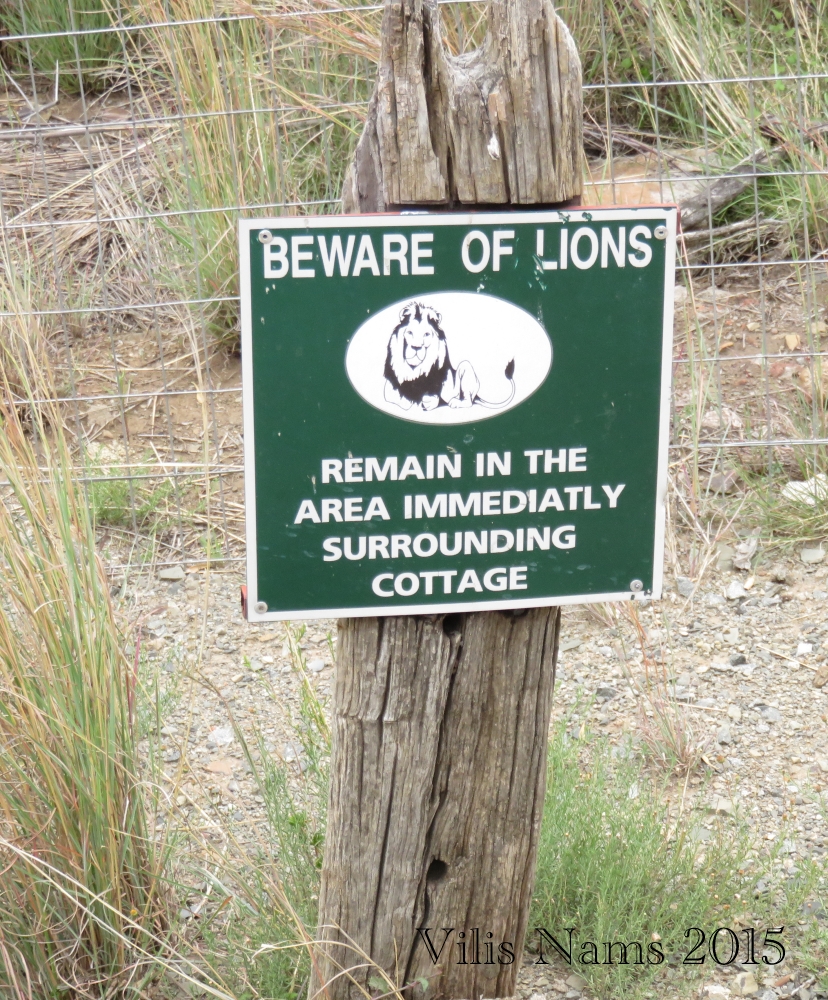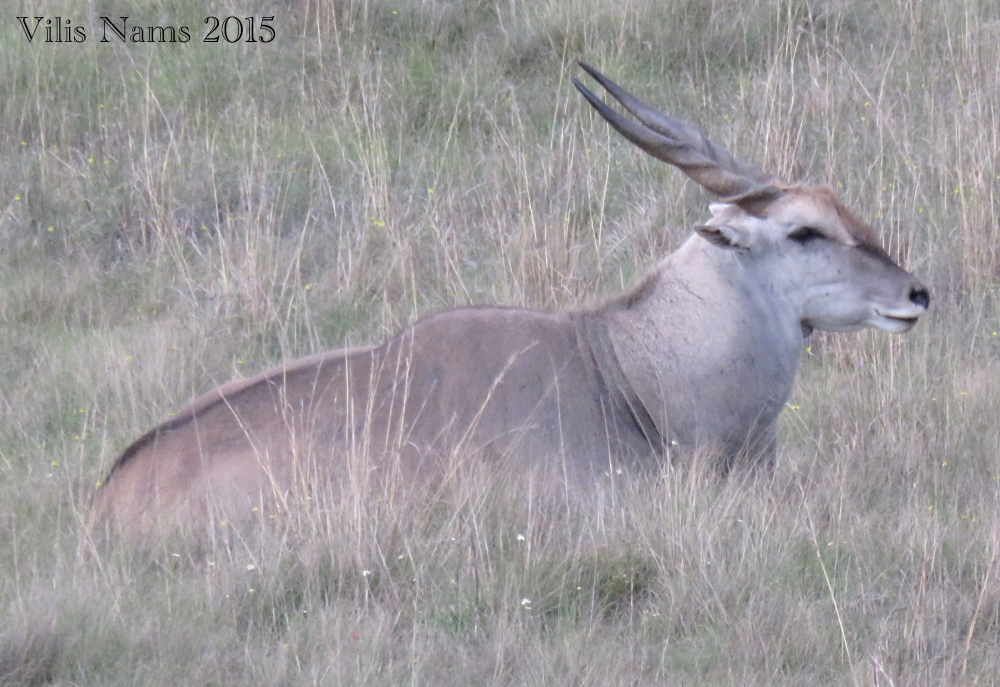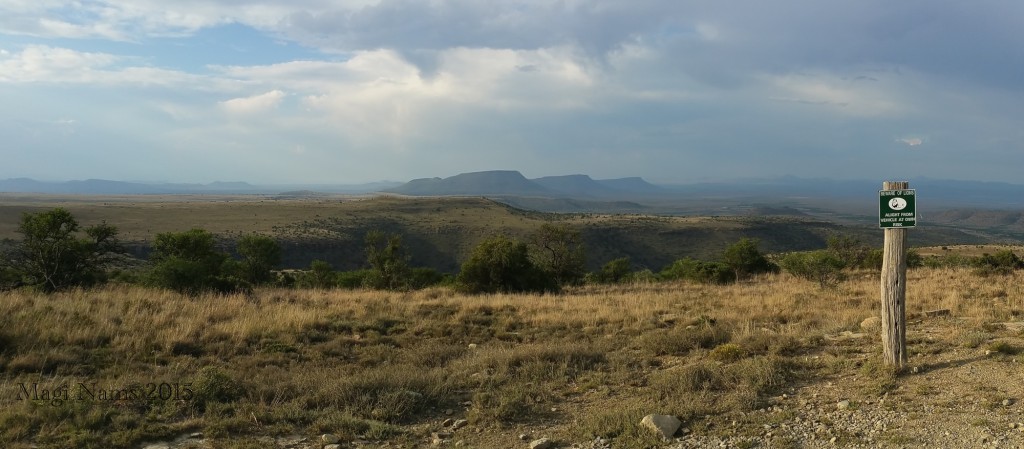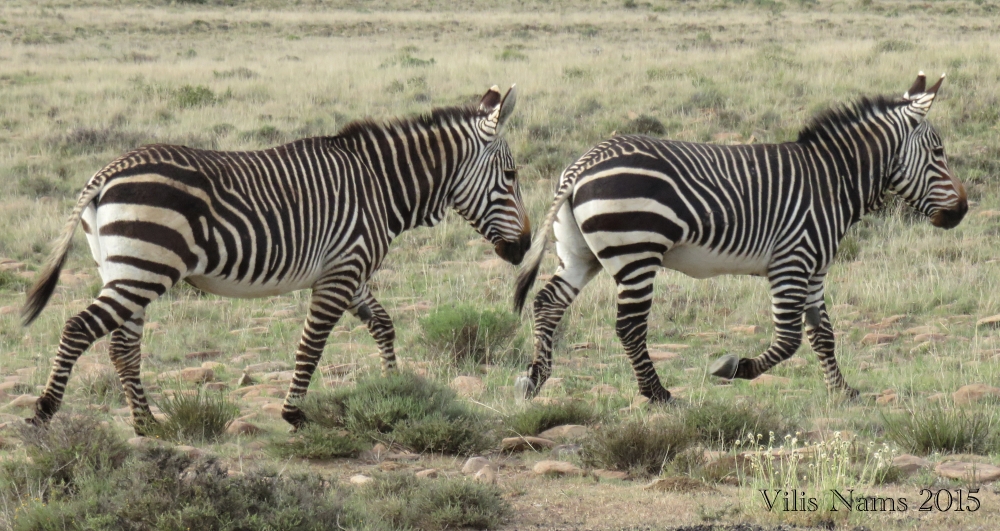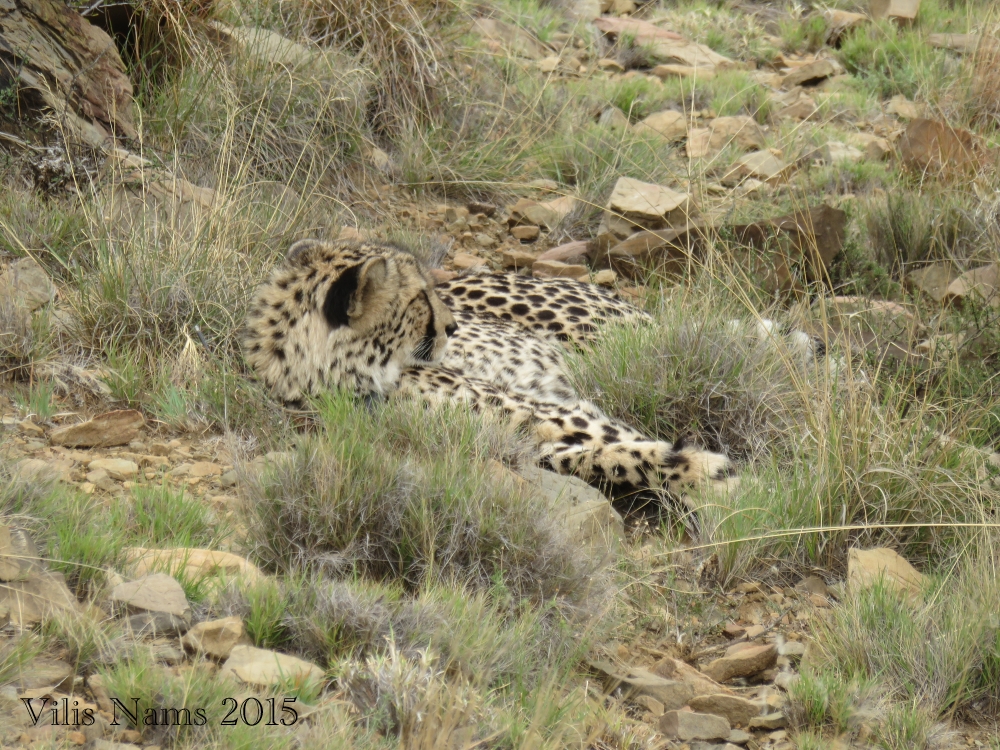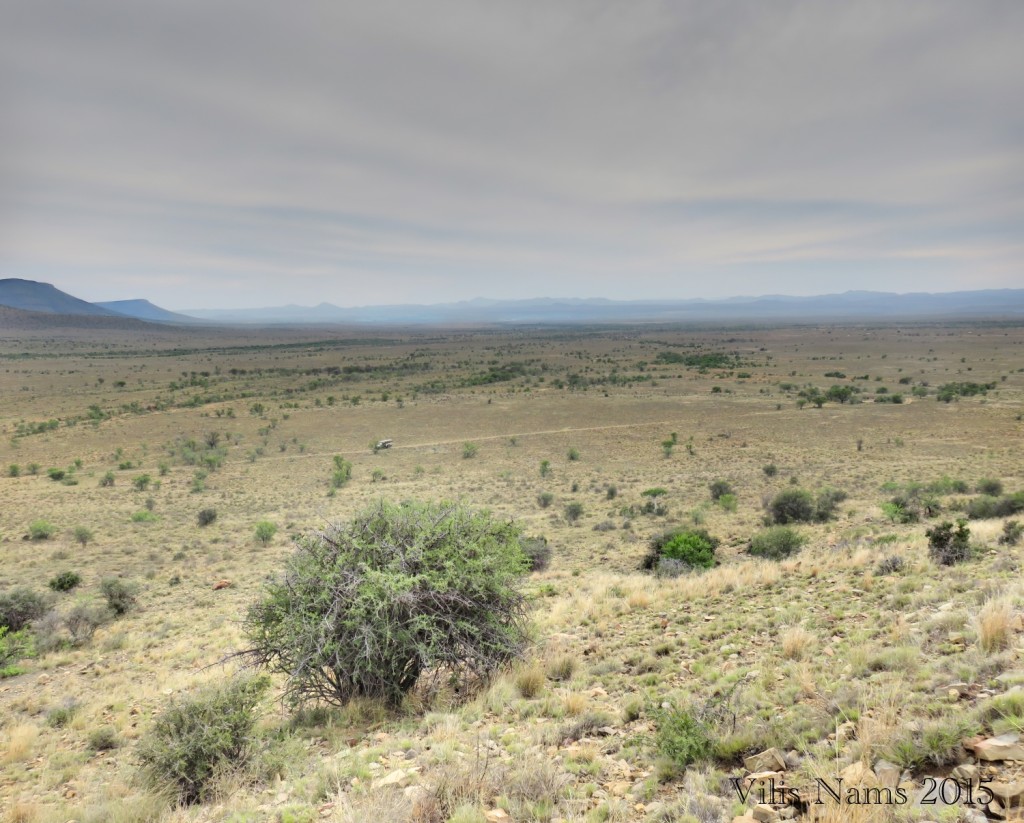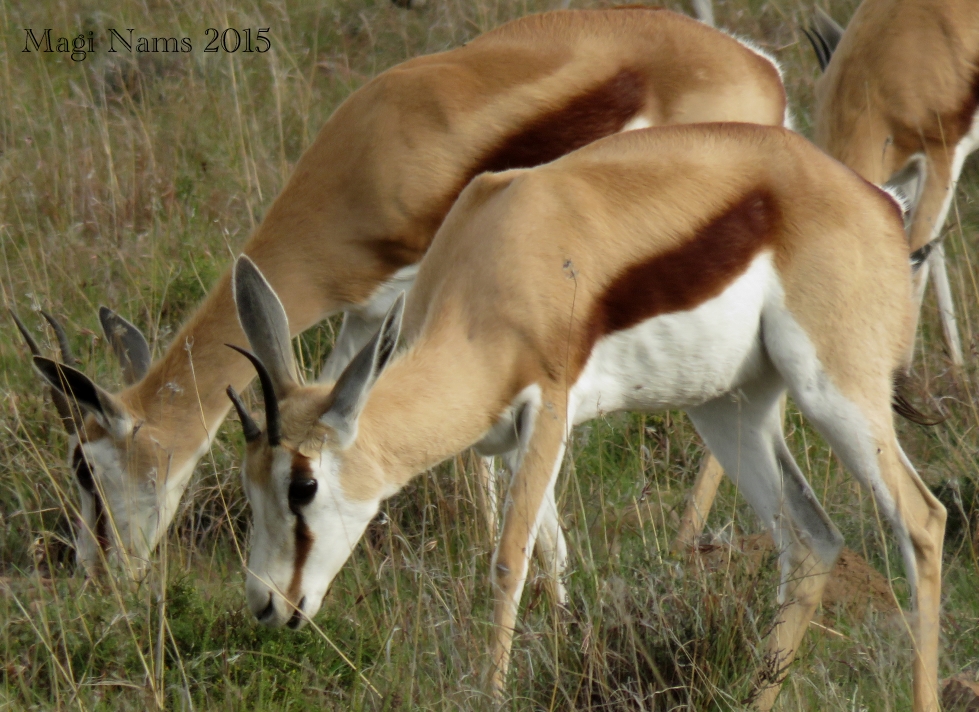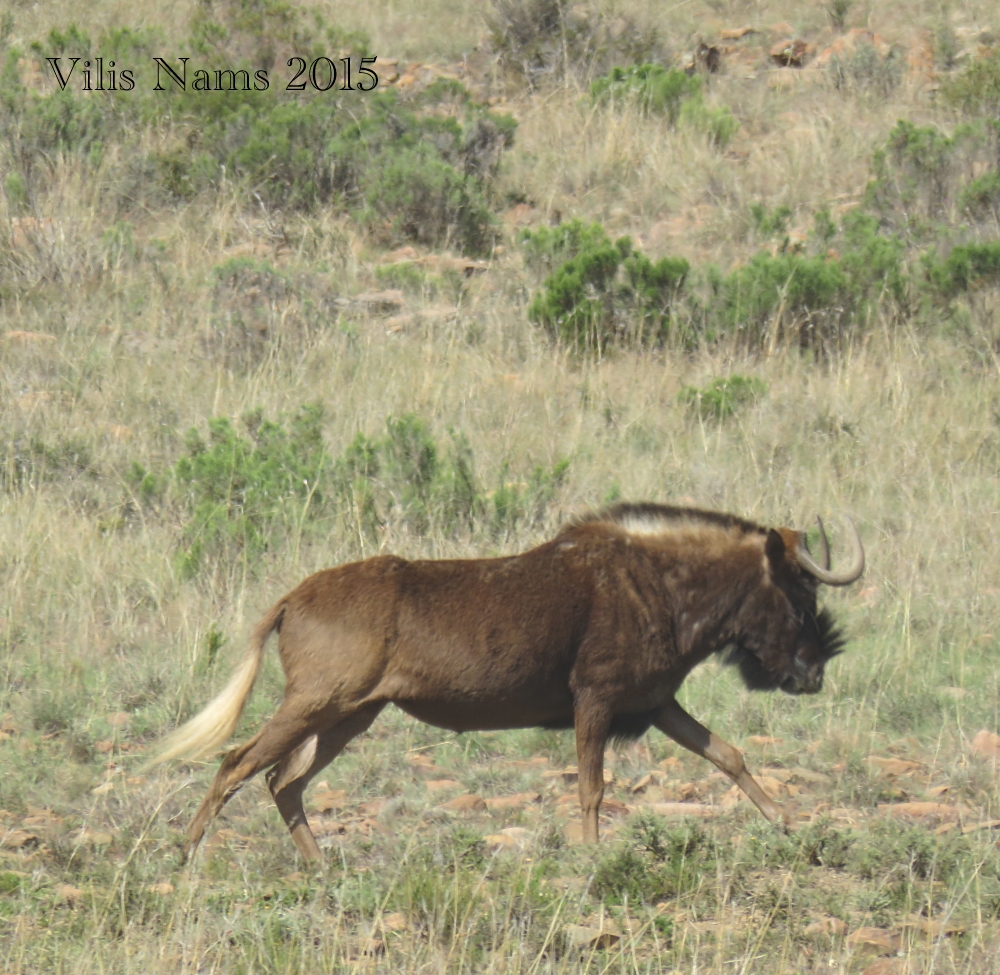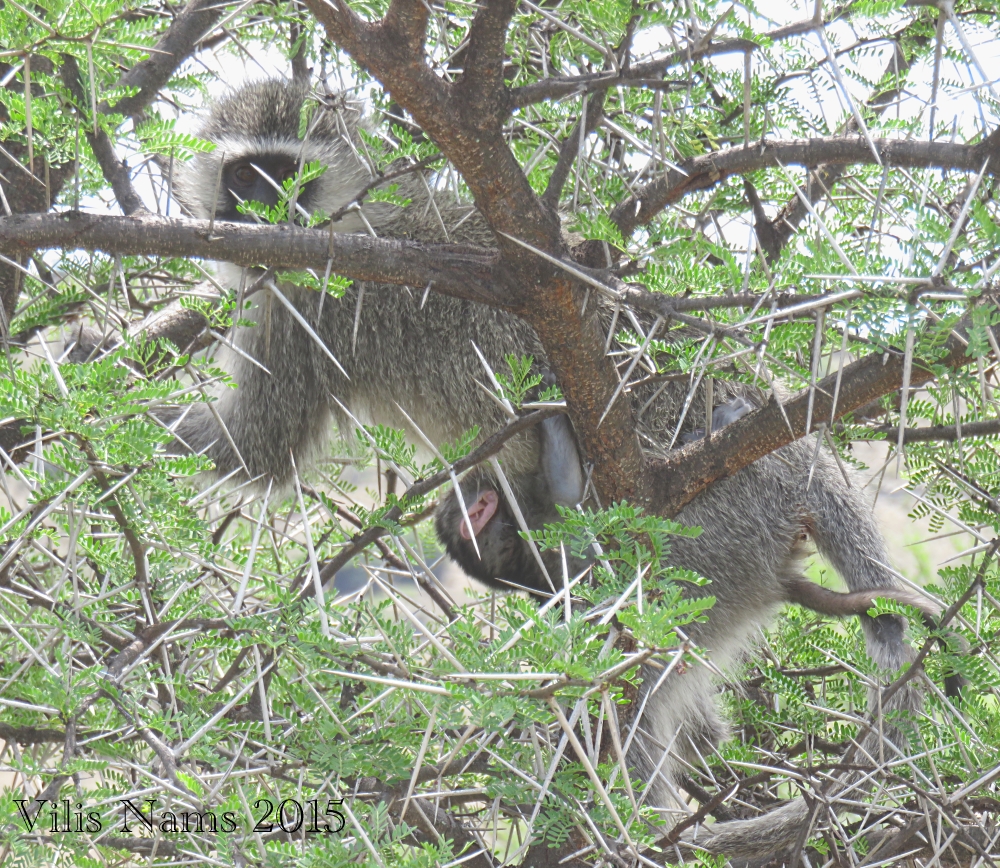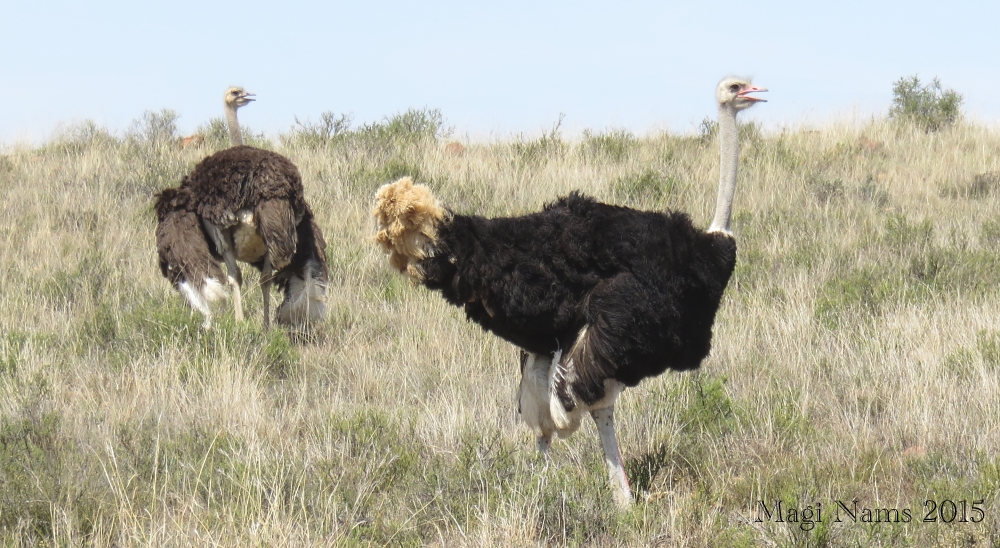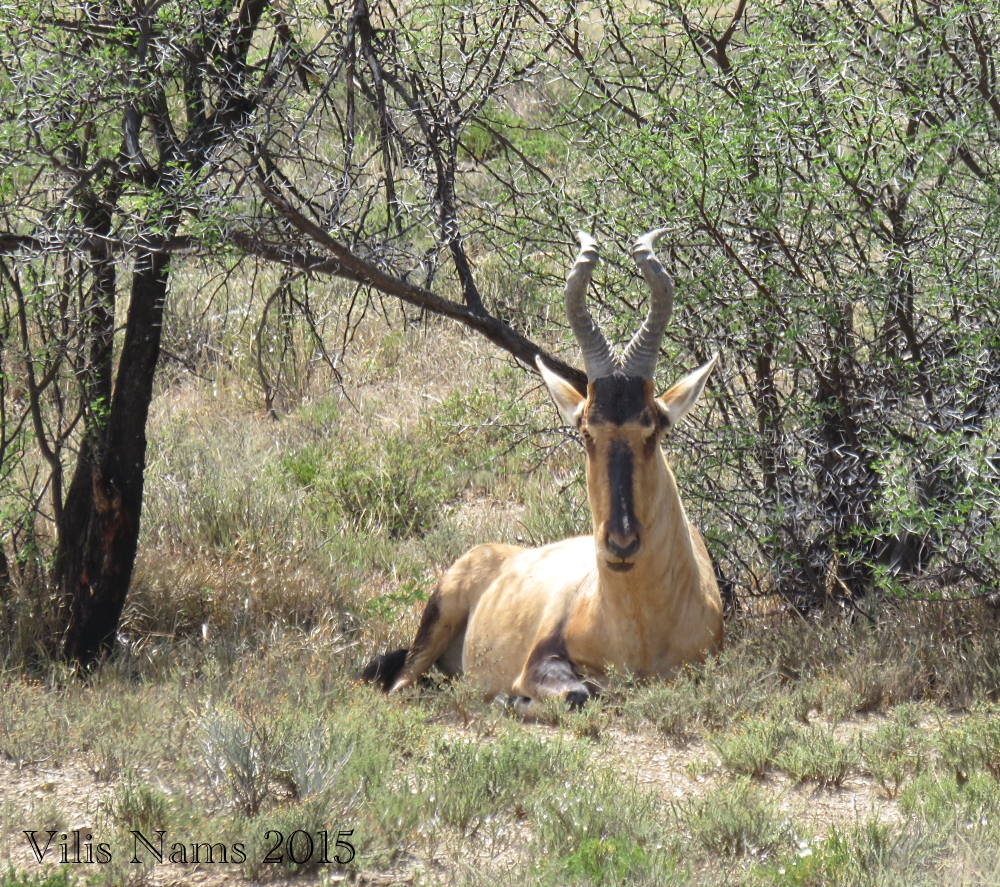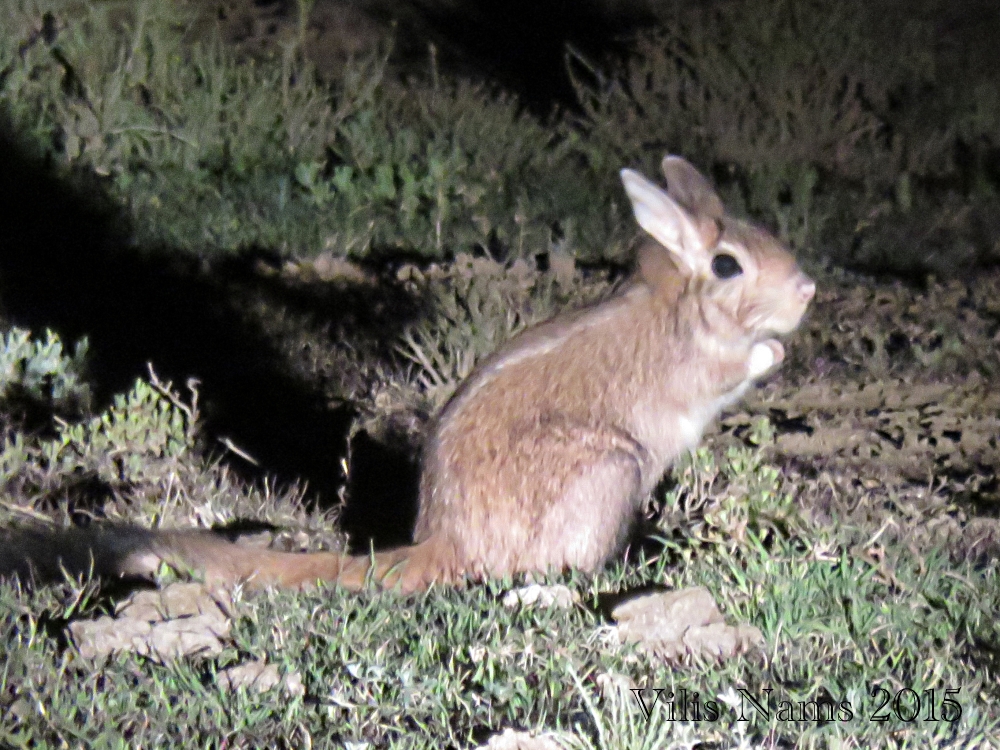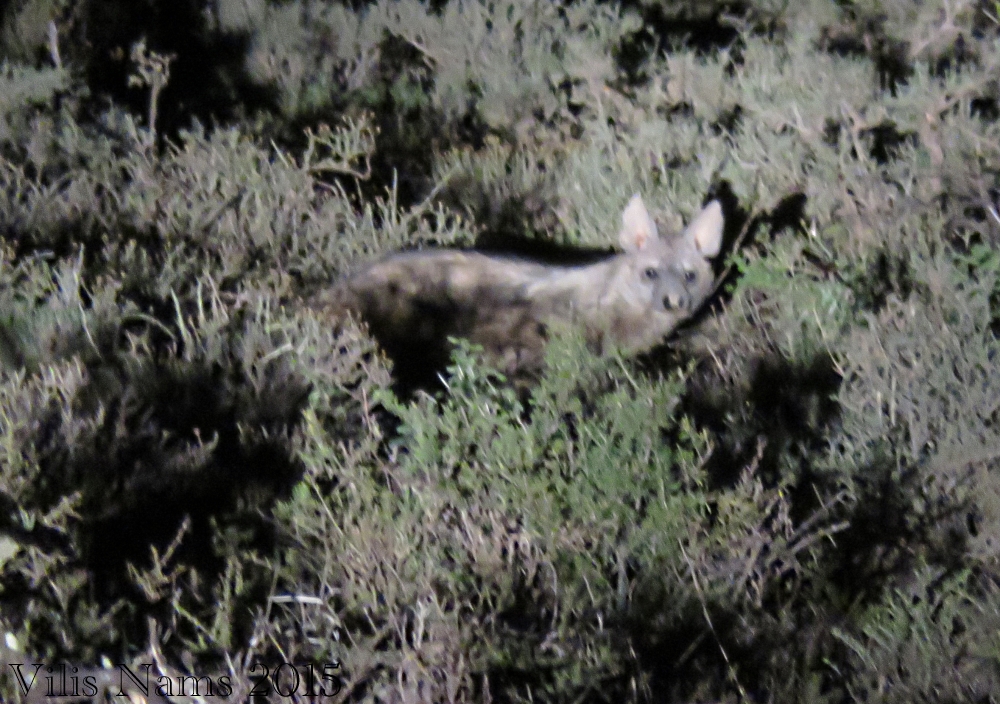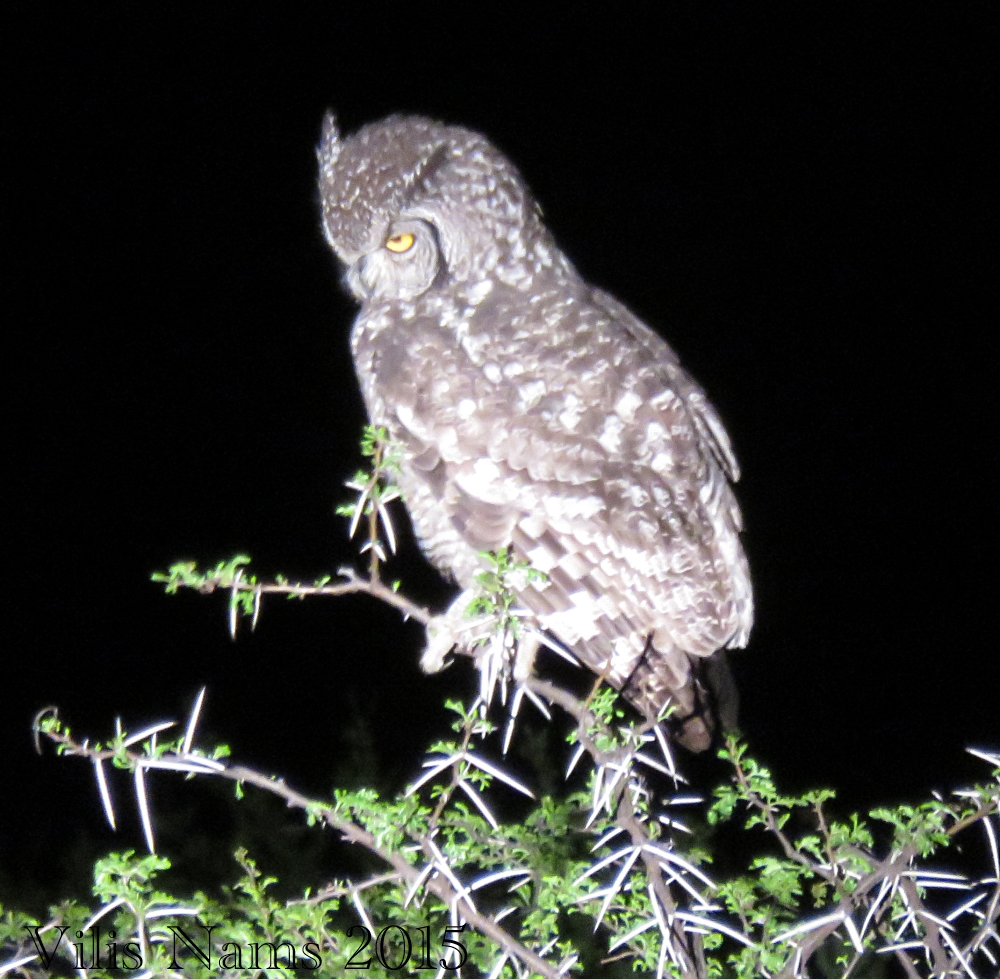Mountain Zebra National Park’s rich mammal and bird fauna offer plenty of bang for your buck, from cheetahs to meerkats and from eastern clapper larks to spotted eagle-owls.
Last Wednesday, in 36° C heat, Vilis and I returned to Grahamstown after a ten-day road trip through interior Eastern Cape, southeastern Western Cape and coastal stretches of Eastern Cape. We checked out lion and cheetah research sites in Mountain Zebra and Karoo National Parks in the arid semi-desert Karoo region and a leopard study area in the Rooiberg Mountains of the fynbos-rich Klein Karoo. We also visited Camdeboo National Park, did an adventure tour in awe-inspiring Cango Caves and glided through the treetops of a lush, coastal Afromontane forest. I plan to post six posts about our trip during the next week, before we head north to visit more big cat research sites in and near Kruger National Park. (Tap on photos to enlarge.)
So, here we go! First up: Mountain Zebra National Park (MZNP), located near the Karoo agricultural hub of Cradock. We arrived in the early afternoon on October 19, after a three-hour drive north and west from Grahamstown. My first impressions of the park were: hot, dry, rocks, thorns.
A short distance in from the entrance gate, we spotted a tree bearing untidy grass nests. I identified a bird singing lustily near one of the nests, as a white-browed sparrow-weaver. We later learned from a park ranger that some of the sparrow-weaver’s nests are used for incubating eggs, and others are used as roosts. The thick wad of grass acts as good insulation against both heat and cold.
At Reception, we collected the keys for our first night’s accommodation, a mountain cottage named Umthombo. From the main rest camp, we followed Kranskop Loop south past Doornhoek Dam, a small lake, where white-fronted cormorants perched on dead trees protruding from the water, and Egyptian geese and a little grebe followed a water monitor as the big lizard swam toward shore. A rolling dirt road climbed away from Kranskop Loop to the cottage, located at the base of rugged hills. The cottage was fenced for protection from lions.
We unloaded the car and ate a snack, then headed back out to explore the park. Two dust-stained leopard tortoises at the roadside seemed to be having a disagreement. The rear tortoise hissed loudly and repeatedly rammed the front tortoise’s shell from behind. Perhaps a territorial dispute?
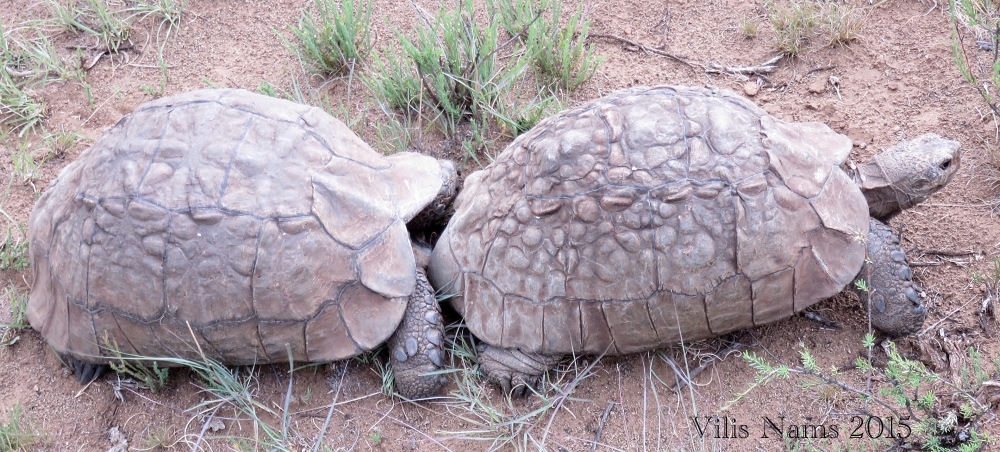
Leopard Tortoise Leopard Tortoise (Stigmochelys pardalis) Ramming Another Leopard Tortoise (© Vilis Nams)
We drove south on twisting Kranskop Loop, which traced the Wilgerboomrivier valley and then made a steep, northward climb up onto a long ridge with a million-dollar view out over the southern end of the park. We spotted eland grazing and resting, red hartebeest and our first Cape mountain zebra in the distance. A park ranger later told us that MZNP was established in 1937 to protect the last remaining mountain zebra in the area – four males and a female. Farmers to the north of the park rounded up ten more of the high country zebra and herded them to the park to create a founding population of fifteen animals. Now MZNP is home to more than a thousand mountain zebra, and the park has translocated Cape mountain zebra to other parks, such as Karoo National Park. It’s a conservation success story that South Africa can be proud of!
From the heights, we watched a black and white Verreaux’s eagle soar over a craggy summit and heard a baboon shout. Dark clouds rolled in over the hills, hinting at rain to come. From a lookout, we gazed out over the park, its majestic mountains like serrated blades.
At the point where Kranskop Loop links up with Rooiplat Loop (a road looping through game-rich plains north of the ridge we’d been following), we paused for a long view and saw Cape mountain zebra up close. Unlike South Africa’s other zebra species, the Burchell’s or plains zebra, mountain zebra don’t have shadow stripes. However, they do have a dewlap on their necks, and their legs have stripes to the hoof. Cape mountain zebras also have an intriguing, zipperlike pattern of stripes on their rumps just above the tail.

Cape Mountain Zebras in Mountain Zebra National Park, viewed from north end of Kranskop Loop (© Vilis Nams)
Heavier cloud cover shrouded the peaks as we drove west on Kranskop Loop and then south, past Doornhoek Dam and back to the cottage. With no electricity, we cooked marinated steak and stir-fried vegetables by the light of a lantern and used flashlights to guide us to the outdoor toilet and shower (cold water only!). As I slid into bed, thunder pounded through the darkness and lightning flashed, illuminating the pinkish-brown rock of the mountains.
The next morning, October 20, I scrambled out of bed just before 5 a.m. to do some early birding and then cooked up a hot porridge breakfast to ease the chill of the mountain air. After the meal, Vilis and I hurriedly cleaned up the cottage kitchen and packed our gear into the car. We had a date to track a cheetah.
Tracking a GPS-collared cheetah in Mountain Zebra National Park. That’s me at the back of the line. (© Vilis Nams)
At the main camp, we joined five other people and our ranger, Dan, and climbed into an open, high-clearance, game-viewing vehicle. Dan drummed into us the three rules of walking in Big Five country. Rule #1: Don’t run. Rule #2: Don’t run. Rule #3: Don’t run. Also, stay in a group, walk single file behind him (because he was armed with a .375 calibre rifle), and speak quietly. We drove the park main road and then off-road, to where Dan picked up a strong signal from a GPS-collared female cheetah. On foot, we followed Dan over rough, rocky ground toward a hill vegetated with scattered shrubs. Without the collar’s signals, finding a cheetah on that hill would have been like finding a needle in a haystack. My first sighting of the world’s fastest land animal was a glimpse of its twitching tail, and that was almost obscured by dense, tangled shrub branches in front of the resting cheetah.
As we moved closer, we circled around to the side and slightly above the spotted cat. Of course, it knew we were there and had likely seen us from the moment we’d exited the vehicle. Its tail twitched and its ears flicked, but otherwise, the cat appeared to ignore us. I felt no fear, only curiosity and excitement. This particular cheetah was a very dark one, with black spots densely clustered on its fur. Dan told us that the female was eight years old and had no cubs this year. Eventually, the cheetah got up, stretched, and crawled into the shade under a nearby bush. See if you can spot it in the photo below.
After the cheetah tracking, Vilis and I drove park roads – Ubejane Loop, Link Road, Rooiplat Loop – for six hours and revelled in the variety of wildlife we encountered: springbok, vervet monkeys, South African ground squirrels, suricates (meerkats), black wildebeest, blesbok, zebra, eland and more. Red hartebeest rested in the shade of thornbushes, under a scorching sun. Ostriches panted and hung their wings out from their bodies to cool themselves. Heat waves shimmered over the landscape, blurring the shapes of zebra drinking at a dam.
On our return to the rest camp, we checked into a brick, two-bedroom unit with all the mod cons, including television, which we never turned on. After a quick shower and an excellent supper at the SANParks restaurant on site, we headed out on a night game drive, again with Dan as our ranger. Gifted with incredible eyesight and a storehouse of biological knowledge, Dan drove us over rough backcountry tracks, spotlighting nocturnal wildlife as we went. Springhares, their huge eyes reflecting green, stared at the light and then bounded across a flat grazing area like mini-wallabies. Aardwolves foraged for harvester termites among low shrubs. The spotlight also revealed two pairs of bat-eared foxes and three lone black-backed jackals out hunting. A huge spotted eagle-owl surveyed its surroundings from atop a tall tree. We saw ghostly zebra, eland, red hartebeest and a scrub hare bounding away from the light. The game-viewing vehicle returned to rest camp at 9:30 p.m., and Vilis and I sank thankfully into bed, exhausted after a day completely devoted to viewing South African wildlife.
Our 4:15 a.m. alarms chimed much too early on October 21, but we had another date, this time for a guided early morning walk in the game area. Dan drove us, along with two other guests, into MZNP backcountry, where we walked across an upland plateau as dawn painted pink light over the veld. Male eastern clapper larks silhouetted against the rosy sky performed wing-clapping aerial displays that ended with a dive and whistle. Again we saw mountain zebra, red hartebeest and black wildebeest. Dan spotted three gemsbok (also called oryx) grazing at the base of a distant hill. As we approached a pan (ephemeral pond), a black-backed jackal loped away from it. Dan pointed out fresh black rhinoceros tracks made during the night, on a dirt track. As we strode across the veld on a gloriously fresh morning, looking ahead to mountains that seemed to stretch endlessly into forever, I felt like I was walking on the roof of Africa.
My MZNP bird list: pied crow, neddicky, *red-billed quelea, *white-browed sparrow-weaver, fiscal flycatcher, African red-eyed bulbul, common fiscal, fork-tailed drongo, southern pale chanting goshawk, Karoo prinia, Cape white-eye, white-breasted cormorant, red-eyed dove, little grebe, Egyptian goose, helmeted guineafowl, common ostrich, pale-winged starling, Cape turtle-dove, bokmakierie, Verreaux’s eagle, southern tchagra, speckled mousebird, familiar chat, Hadeda ibis, pied starling, Cape robin-chat, sombre greenbul, southern boubou, white-necked raven, greater striped swallow, red-winged starling, pearl-breasted swallow, African hoopoe, *red-billed oxpecker, southern double-collared sunbird, blue crane, *white-backed mousebird, amethyst sunbird, bar-throated apalis, *yellow-throated petronia, *scaly-feathered finch, *chat flycatcher, southern grey-headed sparrow, Cape sparrow, *ant-eating chat, crowned lapwing, golden-breasted bunting, *rufous-eared warbler, *Gabar goshawk, South African shelduck, Cape longclaw, *Karoo chat, malachite sunbird, laughing dove, *sickle-winged chat, *African firefinch, rock martin, spotted thick-knee, spotted eagle-owl, *eastern clapper lark, chestnut-vented tit-babbler, speckled pigeon, white-rumped swift, Cape wagtail.
My MZNP mammal list: red hartebeest, vervet monkey, eland, *Cape mountain zebra, springbok, black wildebeest, baboon, kudu, *cheetah, *South African ground squirrel, *suricate, blesbok, black-backed jackal, common duiker, *springhare, *aardwolf, bat-eared fox, steenbok, *gemsbok.
My MZNP reptile list: water monitor, leopard tortoise, marsh terrapin.

